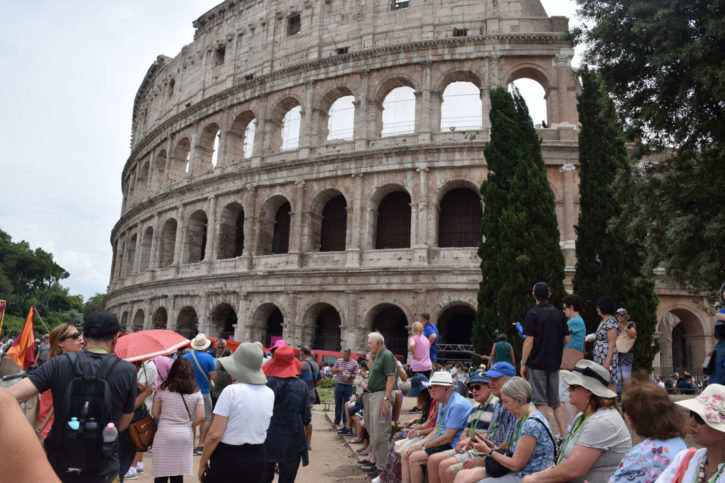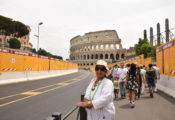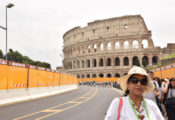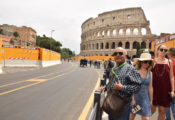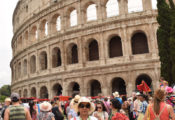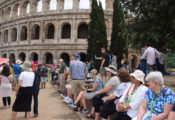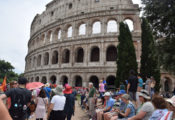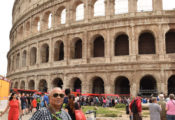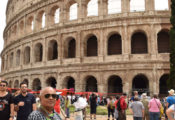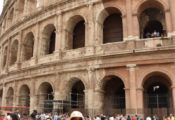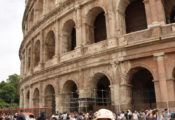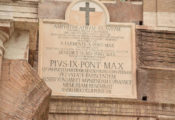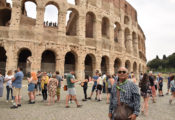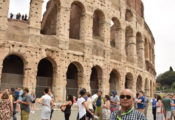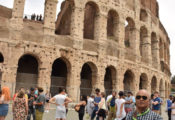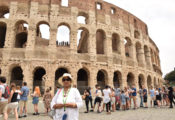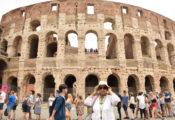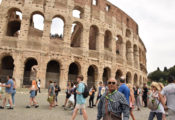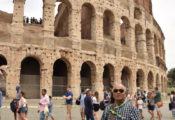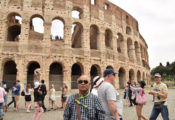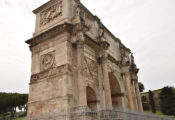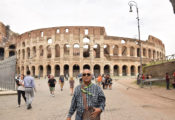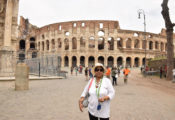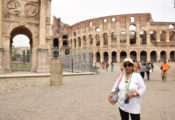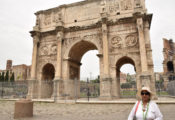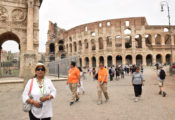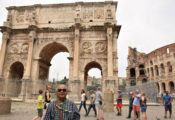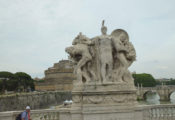A giant Amphitheater was built sometime between 70 -72AD, in Rome under the Flavian Emperors, with a capacity of 50,000-seats. It was originally clad in travertine and covered by a huge canvas awning. Inside, tiered seating encircled the arena, itself built over an underground complex where animals were caged and stage sets prepared. Games involved gladiators fighting wild animals or each other.
The emperor Vespasian ( AD 69–79) originally commissioned the amphitheatre in AD 72 in the grounds of Nero’s vast Domus Aurea complex. But he never lived to see it finished and it was completed by his son and successor Titus (r 79–81) a year after his death. To mark its inauguration, Titus held games that lasted 100 days and nights, during which some 5000 animals were slaughtered. Trajan (r 98–117) later topped this, holding a marathon 117-day killing spree involving 9000 gladiators and 10,000 animals.
With the fall of the Roman Empire in the 5th century, the Colosseum was abandoned. In the Middle Ages it became a fortress occupied by the powerful Frangipani family. Later, it was plundered of its precious travertine, and marble stripped from it was used to decorate notable buildings. After four centuries of active use, the magnificent arena fell into neglect, and up until the 18th century it was used as a source of building materials. Though two-thirds of the original Colosseum has been destroyed over time, the amphitheater remains a popular tourist destination, as well as an iconic symbol of Rome and its long, tumultuous history.

